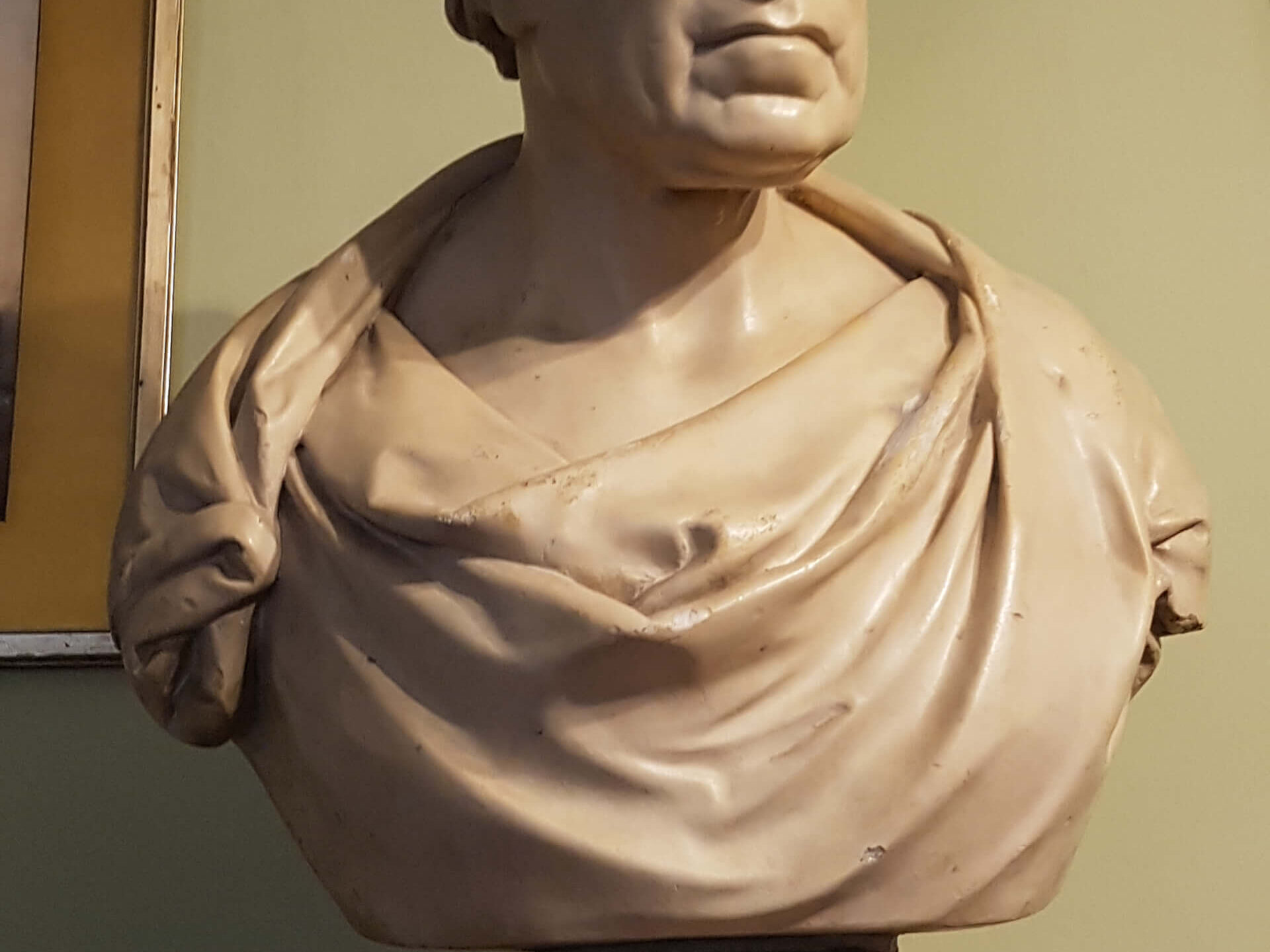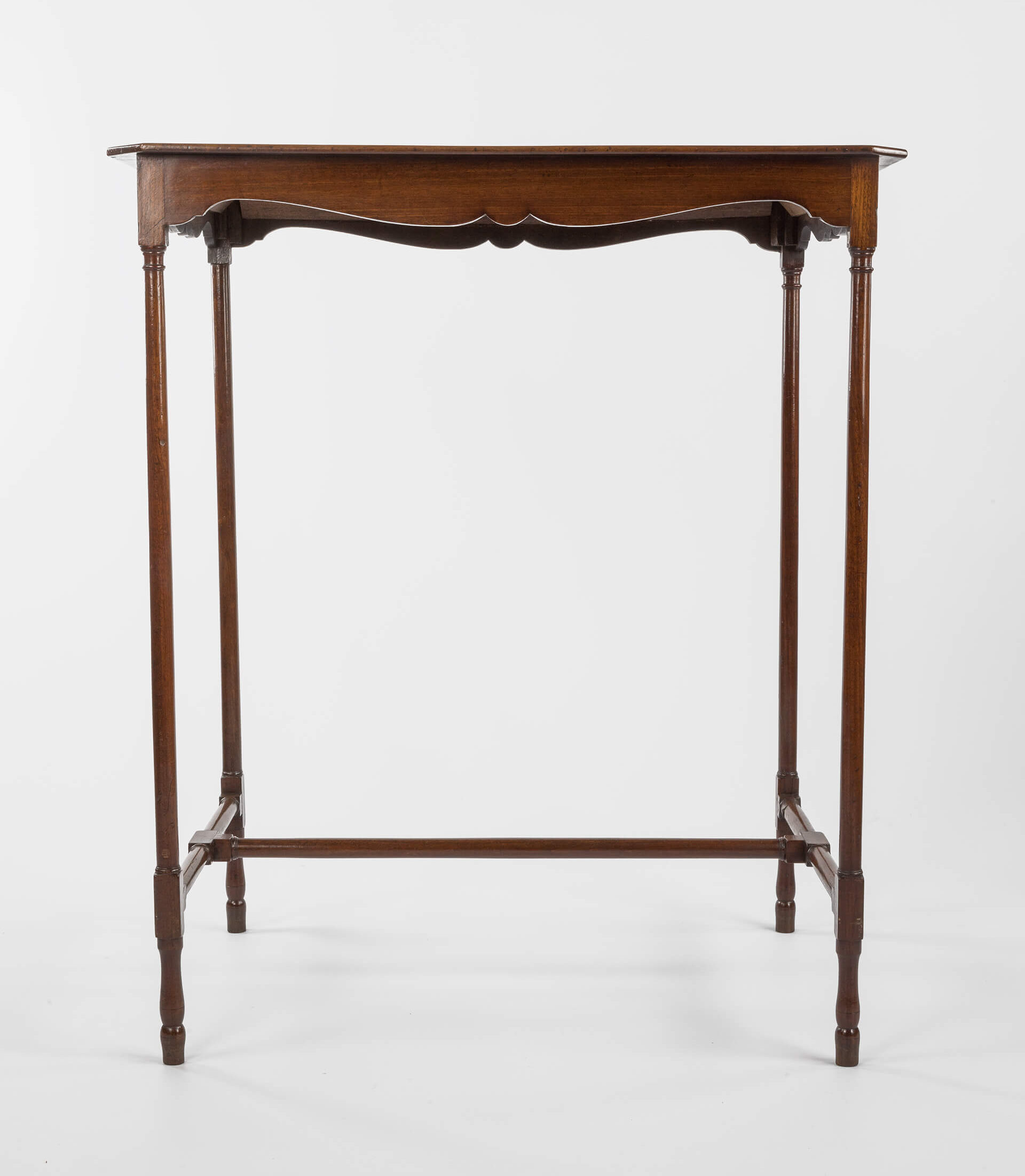James Watt (1736 – 1819)
Description
James Watt (1736 – 1819) invented the concept of the separate condenser which facilitated rotary motion in steam engines, widely credited with powering the Industrial Revolution.
James Watt’s father (James Watt Snr.), treasurer and magistrate of Greenock, had traded in not just slave-produced goods but enslaved people, helping to finance his son’s expensive education. In the eighteenth century, Greenock was mainly a trading port for goods such as sugar and cotton, but also dispatched ships to West Africa to take people to be enslaved in the colonies. When Watt established a successful business with Matthew Boulton in 1775, they sold several of their highly sought-after engines to planters in the West Indies.
Orders from the Caribbean escalated rapidly after their namesake sons took over the business, creating their biggest export market and boosting planters’ profits in the final two decades of slavery. George Home considered buying a Watt designed engine for Waltham estate in Grenada in the early 19th century, but was concerned that it might injure the enslaved people. Instead, they continued to use water, wind, and cattle power to crush the sugarcane.




